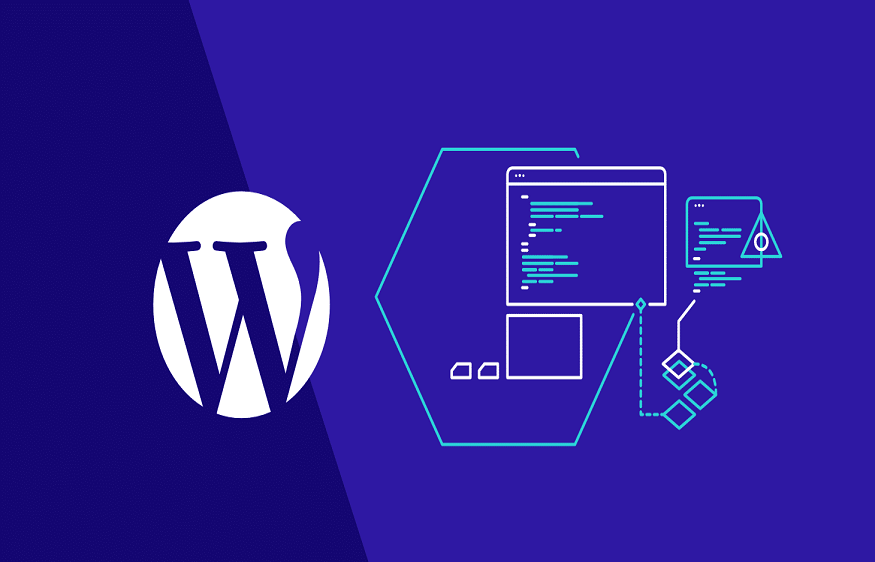The cybersecurity landscape is evolving at a rapid pace, and with it, the field of penetration testing. As cyber threats become more sophisticated and widespread, the need for advanced penetration testing techniques and tools is more crucial than ever. This article explores the future of penetration testing, including the latest trends, emerging technologies, and the challenges that lie ahead. To ensure your system’s security, consider the best cyber security option for your needs.
Trends Shaping the Future of Penetration Testing
Increased Use of Automation
Automation is becoming increasingly important in the field of penetration testing. Automated tools can scan for vulnerabilities, generate reports, and even perform some attacks more quickly and efficiently than a human tester. This allows penetration testers to focus on more complex tasks that require human intelligence and creativity.
Shift Towards DevSecOps
DevSecOps, the integration of security into the DevOps process, is becoming more prevalent. This approach encourages the incorporation of security measures from the beginning of the software development lifecycle, rather than as an afterthought. Penetration testing is a critical component of this process, helping to identify and address vulnerabilities early on.
Increased Demand for Specialized Skills
As cyber threats become more sophisticated, there is an increased demand for specialized skills in penetration testing. This includes expertise in areas such as cloud security, mobile security, and web application security. For those looking to enhance their skills, an ethical hacking cheatsheet can be a valuable resource.
Artificial Intelligence (AI) and Machine Learning (ML)
AI and ML are playing a significant role in the development of advanced penetration testing tools. These technologies can analyze vast amounts of data to identify patterns and anomalies that may indicate a vulnerability. They can also be used to simulate complex attacks and predict how a system may respond.
Cloud-Based Penetration Testing
Cloud-based penetration testing services are becoming more popular. These services offer several advantages, including the ability to access testing tools and resources from anywhere, scalability, and cost-effectiveness. Additionally, cloud-based services often include the latest updates and features, ensuring that testers have access to the most up-to-date tools.
Internet of Things (IoT) Penetration Testing
As the number of IoT devices continues to grow, so does the need for specialized penetration testing. IoT penetration testing involves assessing the security of IoT devices and the networks they are connected to. This includes testing for vulnerabilities in device firmware, communication protocols, and cloud-based services.
Challenges Ahead for Penetration Testing
Keeping Up with Rapid Technological Advancements
The rapid pace of technological advancements presents a significant challenge for penetration testers. New technologies often introduce new vulnerabilities, and penetration testers must continuously update their skills and tools to stay ahead of the curve. For organizations seeking professional assistance, hiring top pen testing companies can be a wise investment.
Addressing the Skills Gap
The demand for skilled penetration testers is outpacing the supply. This skills gap presents a challenge for organizations looking to strengthen their cybersecurity posture. It is crucial for organizations to invest in training and development for their existing staff and to consider outsourcing penetration testing services when necessary.
Ensuring Comprehensive Coverage
Ensuring comprehensive coverage is a significant challenge in penetration testing. With the increasing complexity of networks and applications, it is easy to overlook potential vulnerabilities. Penetration testers must adopt a systematic approach and use a combination of automated tools and manual testing techniques to ensure comprehensive coverage.
Conclusion
The future of penetration testing is shaped by several trends, including increased automation, a shift towards DevSecOps, and a demand for specialized skills. Emerging technologies, such as AI, ML, and cloud-based services, are also playing a significant role in the development of advanced penetration testing tools. However, there are several challenges ahead, including keeping up with rapid technological advancements, addressing the skills gap, and ensuring comprehensive coverage. Organizations looking to strengthen their cybersecurity posture should consider investing in web application penetration testing services and staying informed about the latest trends and technologies in the field. For more information on penetration testing, refer to this Wikipedia page.




